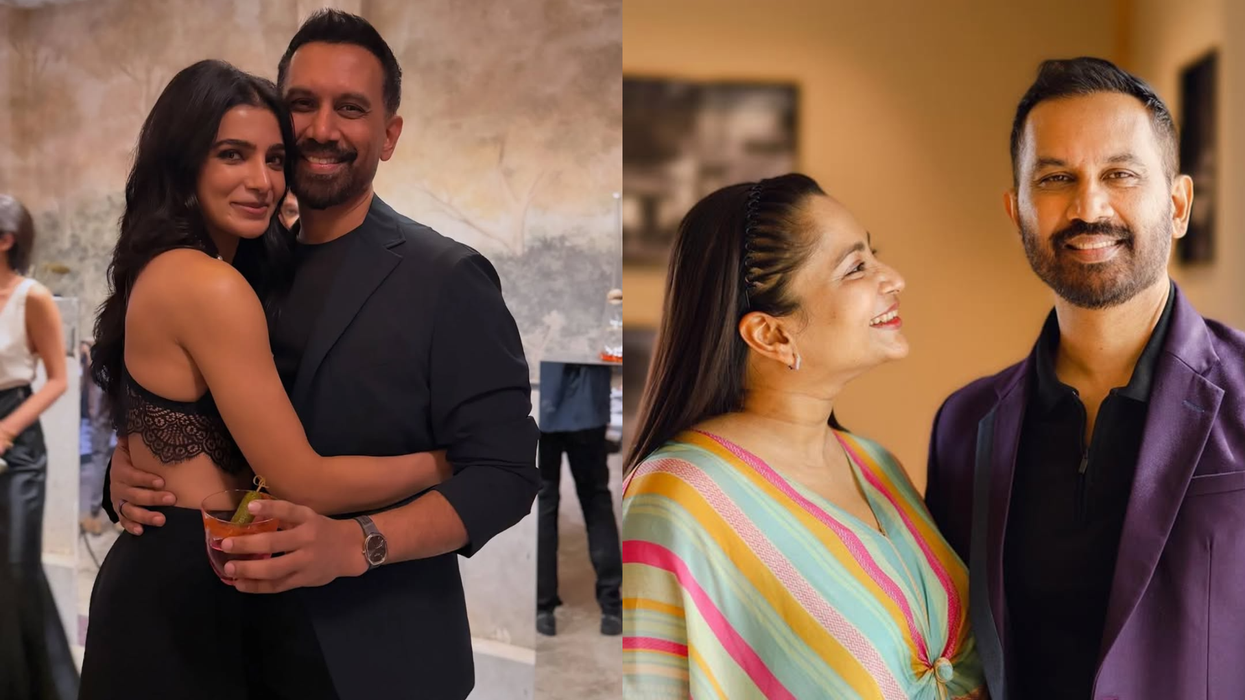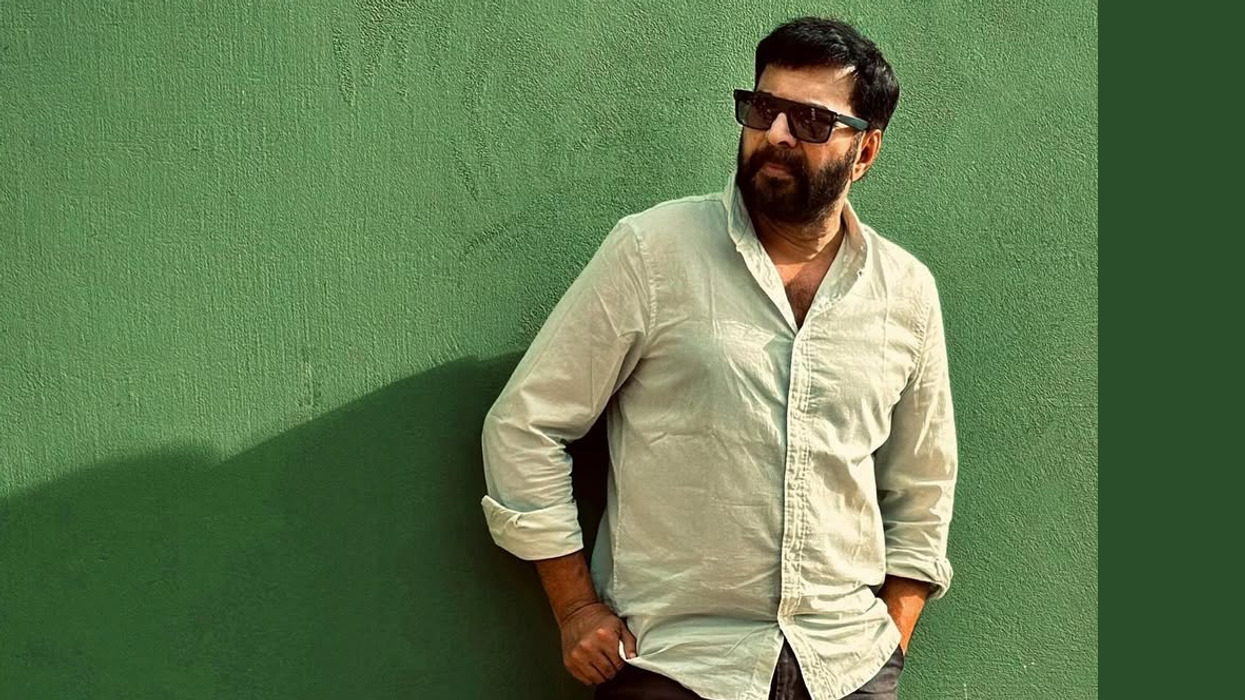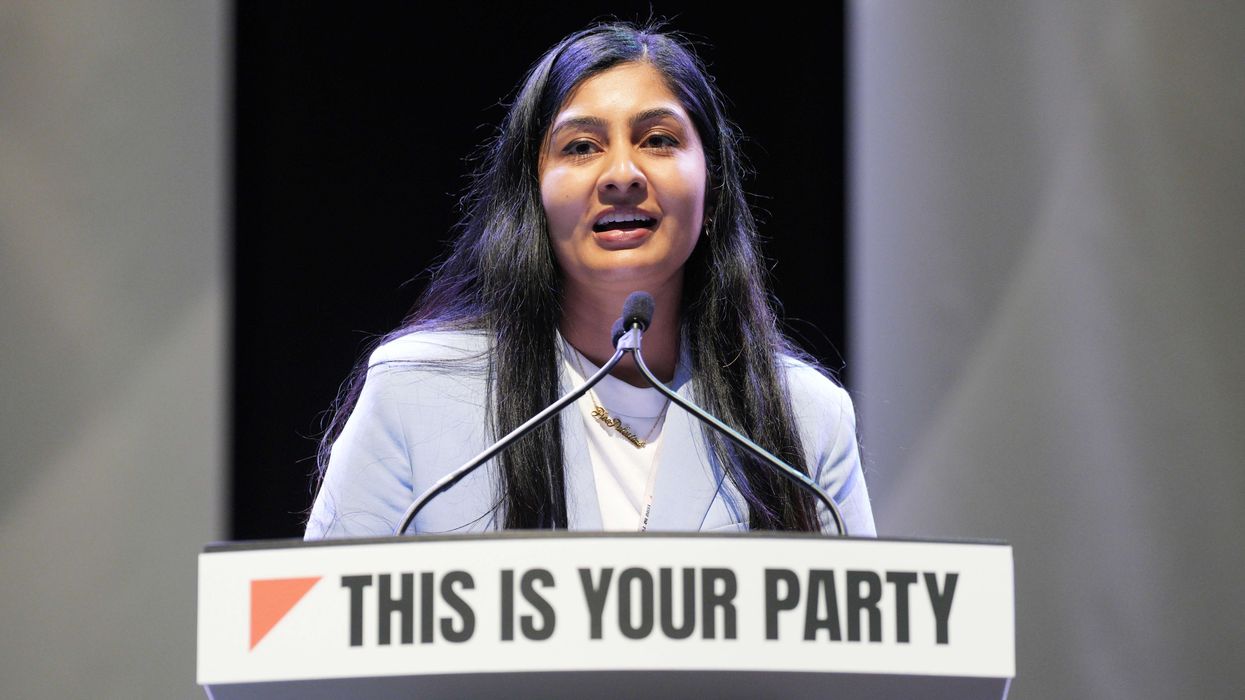BRITISH entrepreneur Jodi Vernon never intended to become a toy maker. But after her daughter Clarke was born, she struggled to find Black dolls that represented her family in toy shops packed with white-skinned, blue-eyed figures.
The last straw came when she went into a second-hand shop in London and was offered a golliwog doll - a 19th century-era caricature inspired by Black-faced minstrels that has long been considered racist.
"I just wanted something I could put in the buggy that was representing her," Vernon, 31, told the Thomson Reuters Foundation in a video call from her workshop and home in Brixton, south London.
She created Clarke's Closet, an online shop selling Black rag dolls and accessories, in 2014.
"All these toy stores don't understand that they're missing a big trick – there are so many Black women and Black parents wanting a Black doll for our children," Vernon said.
Mattel, one of the world's largest toy companies, has been selling Black dolls for decades, and there is a growing market for a more diverse range racial minorities, larger bodies and disabilities.
But toyshops in Britain - as in many other countries - are dominated by dolls based on slim, white beauty ideals, despite a huge potential market for racially diverse dolls.
About 14 per cent of people in England and Wales are Black, Asian, mixed-race or from other ethnic minority groups, according to the latest official data from the 2011 census.
"Children learn through play, and if they're not represented in schools, stores or in their homes, they won't be able to embrace themselves as much," Vernon said.
At a time of social reckoning about entrenched racism around the world, Black toy makers are stepping up to offer more representative options.
Vernon's handmade designs range from a giggling mermaid sporting purple dreadlocks to women with African fabric head wraps. She also has a Christmas range including a Black Sugar Plum Fairy and Father Christmas.
Doreen Lawrence, another toy entrepreneur, also saw a gap in the market for her It's Reuben range of Black and mixed-race dolls with afro hair.
"In the same way we have Barbie and Ken, we can have Ruby and Reuben," she said.
WHITE FEATURES
Lawrence, a former teacher, started developing her line after she struggled to find diverse dolls for her classroom play-group sessions.
She bought a carton of Black dolls from China, and they sold out instantly on eBay. That early success spurred her to start making her own.
But it has been a struggle - and an extra expense - to get the details of her dolls right.
Even in China, where much of the world's manufacturing is based, she found the sculptors working on the moulds for her designs included typically white features such as narrow noses as standard.
"I would say, 'No, we don't have features like that', and they'd say 'But we've always made it like that'," she said.
"Even the colour and hair, I have to pay more to get them right. When they make a dark tone, they have to use a specific toner and they have to use a lot of it otherwise it comes out looking grey.
"That's something they had never thought of before."
Lawrence's experiences show how the industry is still falling short on the basics, said Yolanda Hester, a historian at the University of California, Los Angeles.
She has studied the Shindana Toy factory, which operated in Los Angeles from 1968 to 1983 and manufactured a range of Black toys as part of a cultural empowerment movement.
Its creators ran into similar issues with moulds from suppliers before they set up their own factory, she said.
The factory's success "really established the fact that the ethnic doll market is a viable market and that there's always been a demand for Black dolls", Hester said.
FINANCIAL GATEKEEPERS
Both Vernon and Lawrence self-funded their ventures through their own savings, and are hoping to draw investment to scale up their businesses.
"I'd like to have my own factories where I could do my own thing," Lawrence said.
But unlocking cash has proved complex, with investors unwilling to put up funding. Vernon was rejected for a bank loan.
"They said it didn't seem like a good business, that was the reaction I got, and it was an old white guy," she said.
Black company founders got less than 0.5 per cent of all British venture capital funding between 2009 and 2019, according to an analysis released last year by nonprofit Extend Ventures.
"The difficult truth is that the majority of investors are white and male, so they are the gatekeepers," said Tom Adeyoola, the organisation's co-founder.
Vernon's business is doing well enough for her to have been approached by investors - but they have come with heavy demands to hand over equity and creative control.
"I've even had some investors say ... 'If you do Black dolls, you can do white dolls as well'," she said.
"And I don't want to go down that road."
(Reuters)


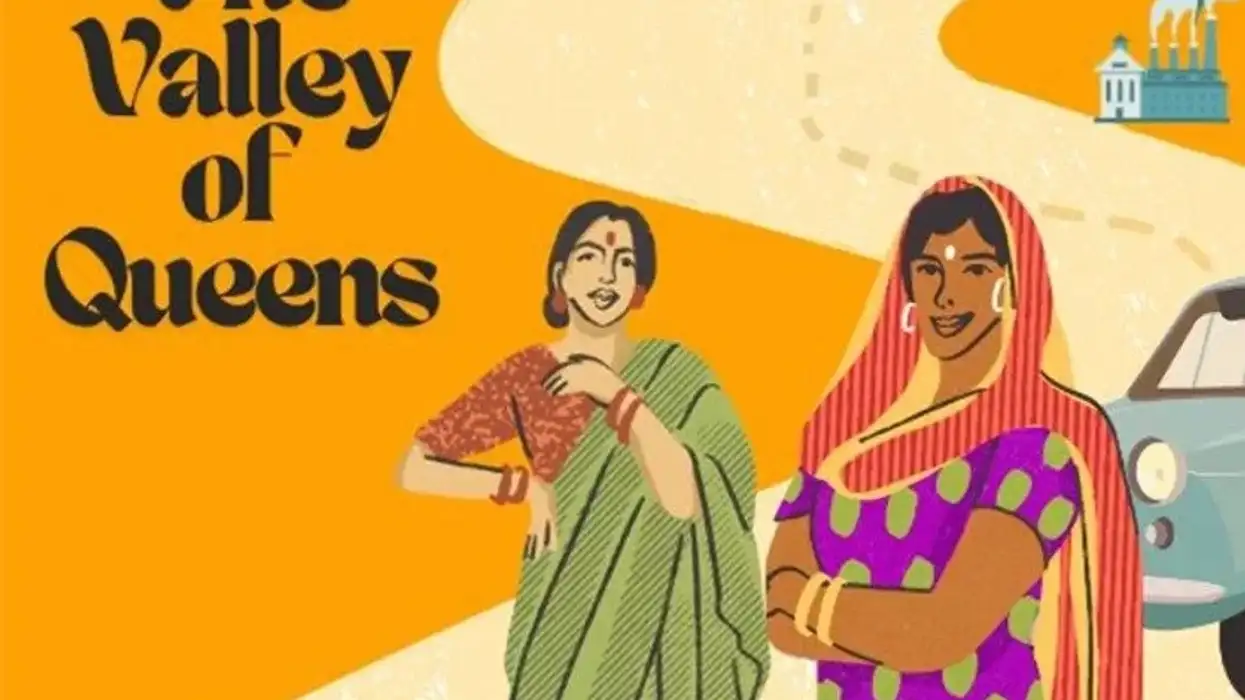
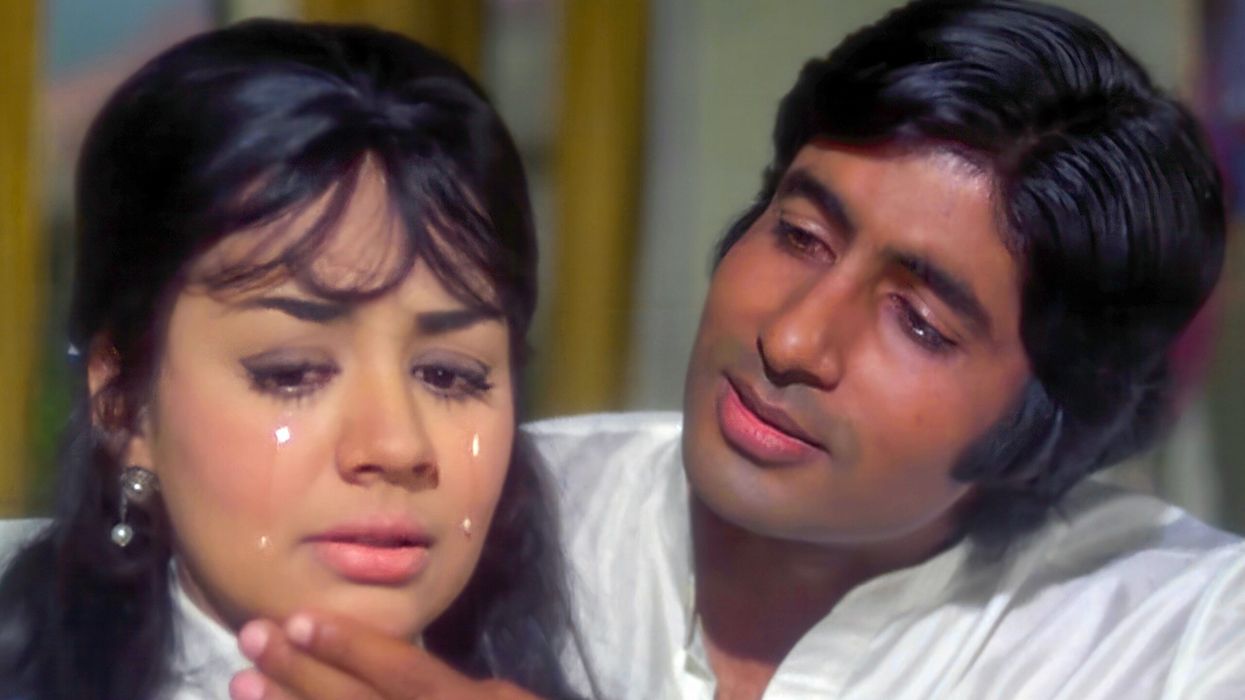
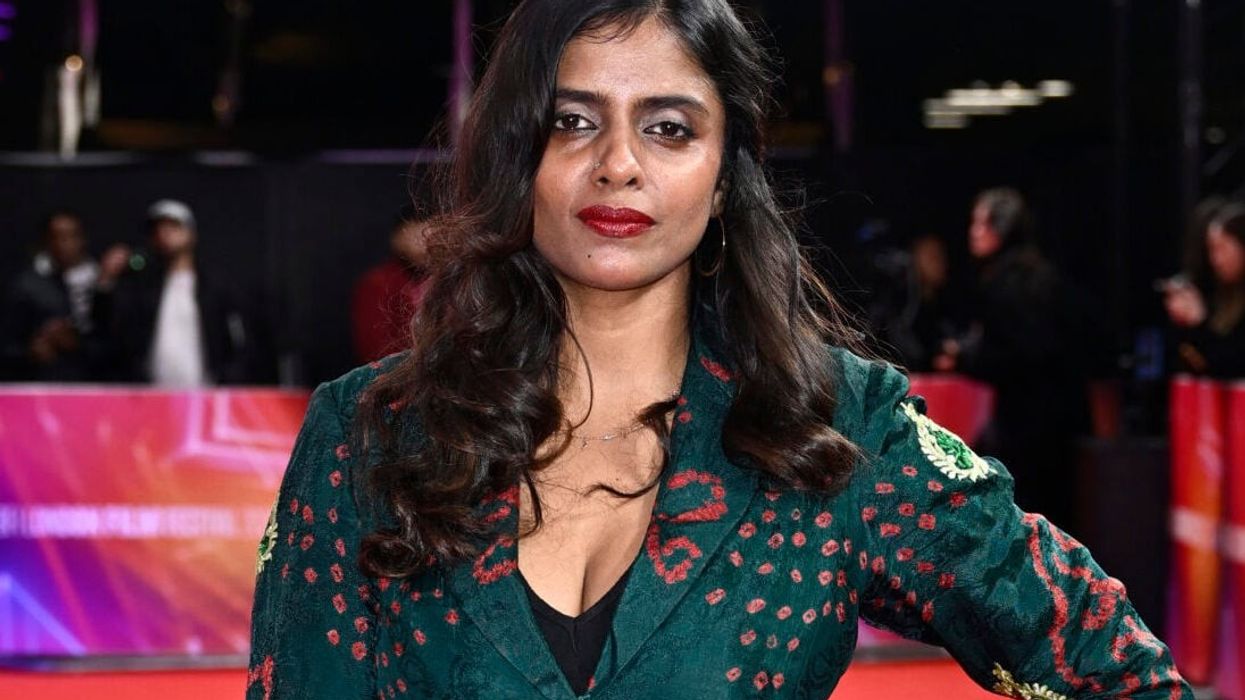
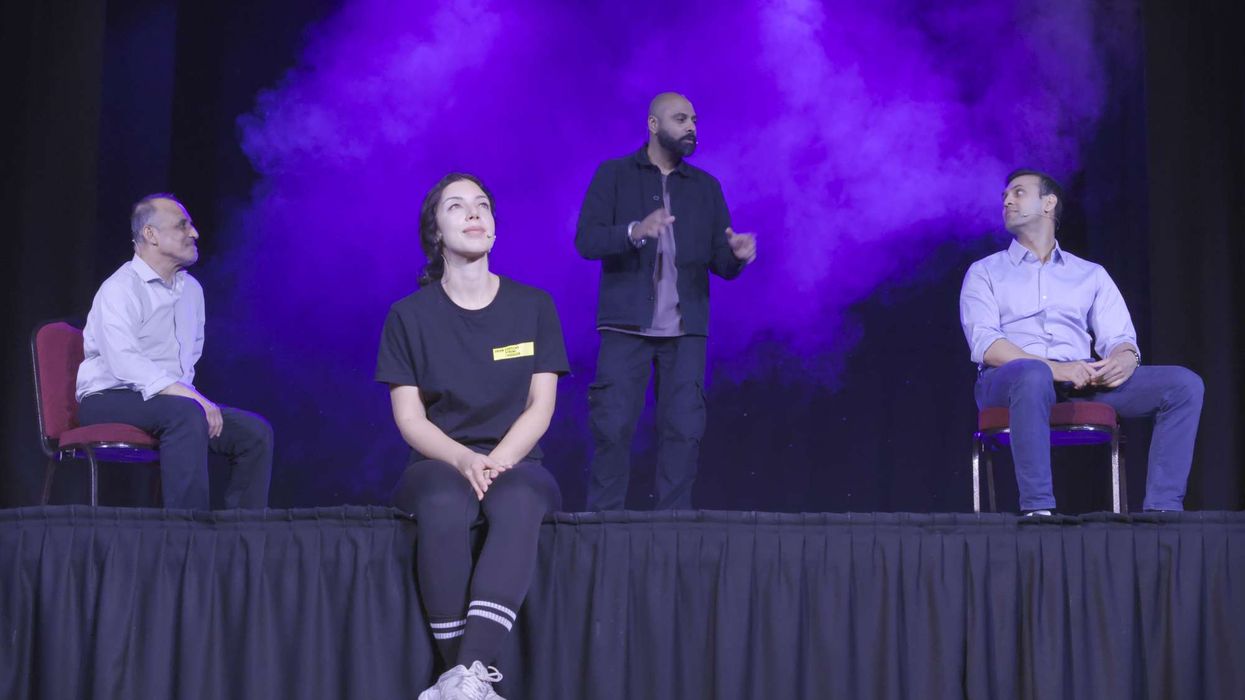
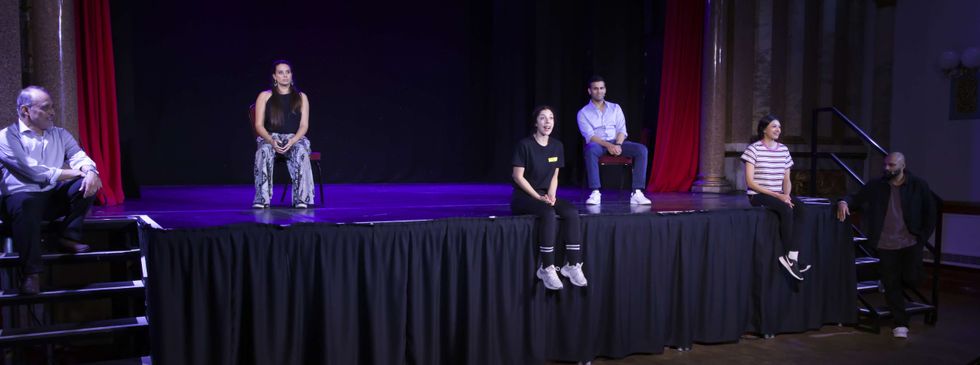 The play is written by Tarun Jasani and directed by Mukul AhmedMGT
The play is written by Tarun Jasani and directed by Mukul AhmedMGT